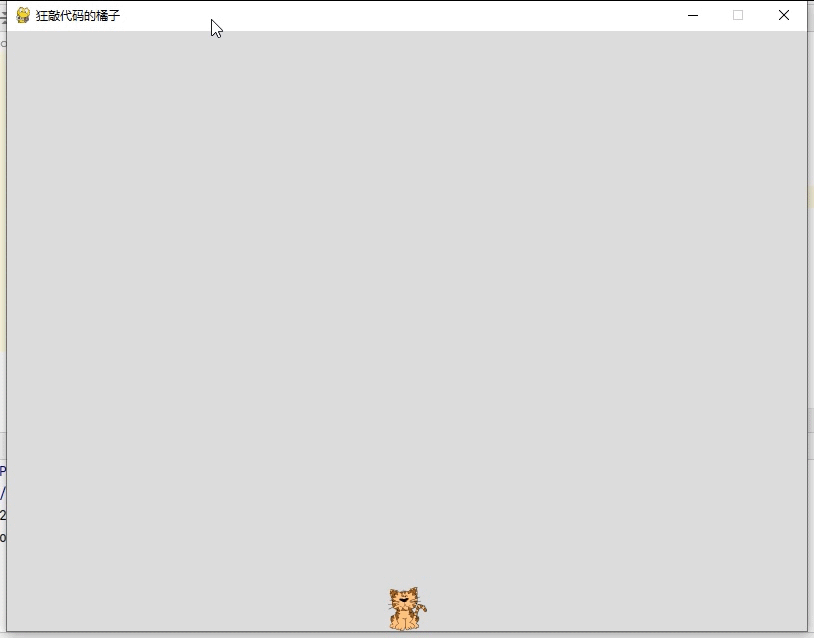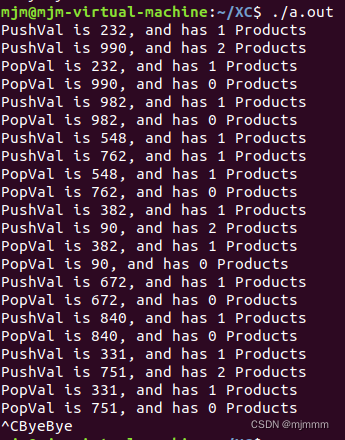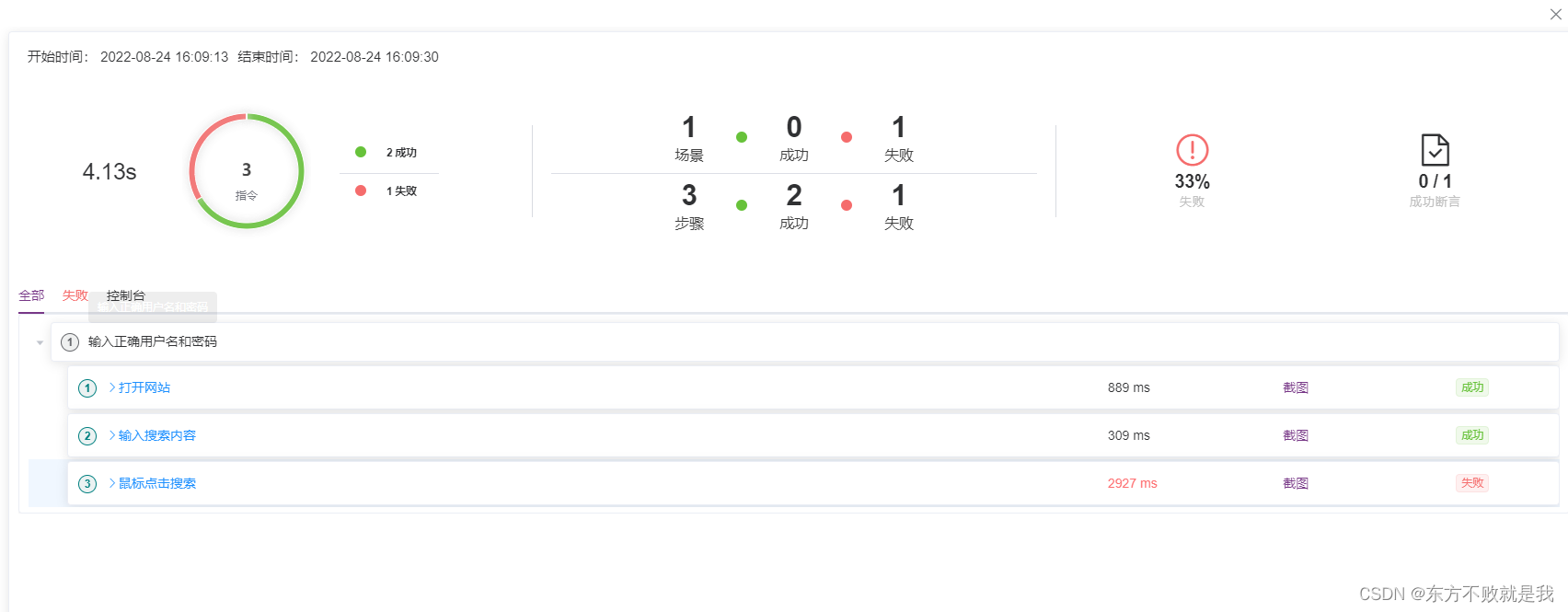一、基本概念
Spring Cache 是一个框架,实现了基于注解的缓存功能,只需要简单地加一个注解,就能实现缓存功能。
Spring Cache 提供了一层抽象,底层可以切换不同的缓存实现,例如:
•
EHCache
•
Caffeine
•
Redis
如果要使用Redis的话,记得加上Redis配置,则会自动将Redis作为相对应的缓存
SpringBoot默认使用Simple作为缓存技术,如果要修改,需要在yml中配置spring.cache.type
<!--Redis的配置-->
<dependency>
<groupId>org.springframework.boot</groupId>
<artifactId>spring-boot-starter-data-redis</artifactId>
</dependency>
<!--spring cache-->
<dependency>
<groupId>org.springframework.boot</groupId>
<artifactId>spring-boot-starter-cache</artifactId>
</dependency>二、Spring Cache
| 名称 | 解释 |
|---|---|
| Cache | 缓存接口,定义缓存操作。实现有:RedisCache、EhCacheCache、ConcurrentMapCache等 |
| CacheManager | 缓存管理器,管理各种缓存(cache)组件 |
| @Cacheable | 在方法执行前先查询缓存中是否有数据,如果有数据,则直接返回缓存数据;如果没有缓存数据,调用方法并将方法返回值放到缓存中,不可以使用result关键字 |
| @CacheEvict | 将一条或多条数据从缓存中删除 |
| @CachePut | 保证方法被调用,又希望结果被缓存。 与@Cacheable区别在于是否每次都调用方法,常用于更新 |
| @EnableCaching | 开启缓存注解功能,通常加在启动类上 |
| keyGenerator | 缓存数据时key生成策略 |
| serialize | 缓存数据时value序列化策略 |
| @CacheConfig | 统一配置本类的缓存注解的属性 |
2.1 @CachePut
//如果使用Spring Cache 缓存数据
//key生成:userCache::abc
//set a:b:c:d itheima ---> key:a:b:c:d values:itheima
//key对应的是 #参数的主键值【动态计算key值】,结果值都是一样的
@CachePut(cacheNames = "userCache",key = "#user.id")
//对象导航
//@CachePut(cacheNames = "userCache",key = "#result.id")
//p0:表示第一个参数
//@CachePut(cacheNames = "userCache",key = "#p0.id")
//a0:表示第一个参数
//@CachePut(cacheNames = "userCache",key = "#a0.id")
@PostMapping
public User save(@RequestBody User user){
userMapper.insert(user);
return user;
}
2.2 @ EnableCaching
@Slf4j
@SpringBootApplication
@EnableCaching//开启缓存注解功能
public class CacheDemoApplication {
public static void main(String[] args) {
SpringApplication.run(CacheDemoApplication.class,args);
log.info("项目启动成功...");
}
}2.3 @ Cacheable
/**
* 注意点:
* Cacheable与CachePut 不一样: Cacheable的key中不能使用#result.id
* 1. Spring Cache底层是代理对象,使用时先在redis中查询是否有数据,如果有则直接调出,不用使用sql查询
* 2. 在方法执行前先查询缓存中是否有数据,如果有数据,则直接返回缓存数据;如果没有缓存数据,调用方法并将方法返回值放到缓存中,不可以使用result关键字
* @param id
* @return
*/
@Cacheable(cacheNames = "userCache",key = "#id")
@GetMapping
public User getById(Long id){
User user = userMapper.getById(id);
return user;
}2.4 @ CacheEvict
/**
* @CacheEvict:将一条或多条数据从缓存中删除
* @param id
*/
@DeleteMapping
@CacheEvict(cacheNames = "userCache",key = "#id")
public void deleteById(Long id){
userMapper.deleteById(id);
}参考:史上最全的Spring Boot Cache使用与整合_我俗人的博客-CSDN博客

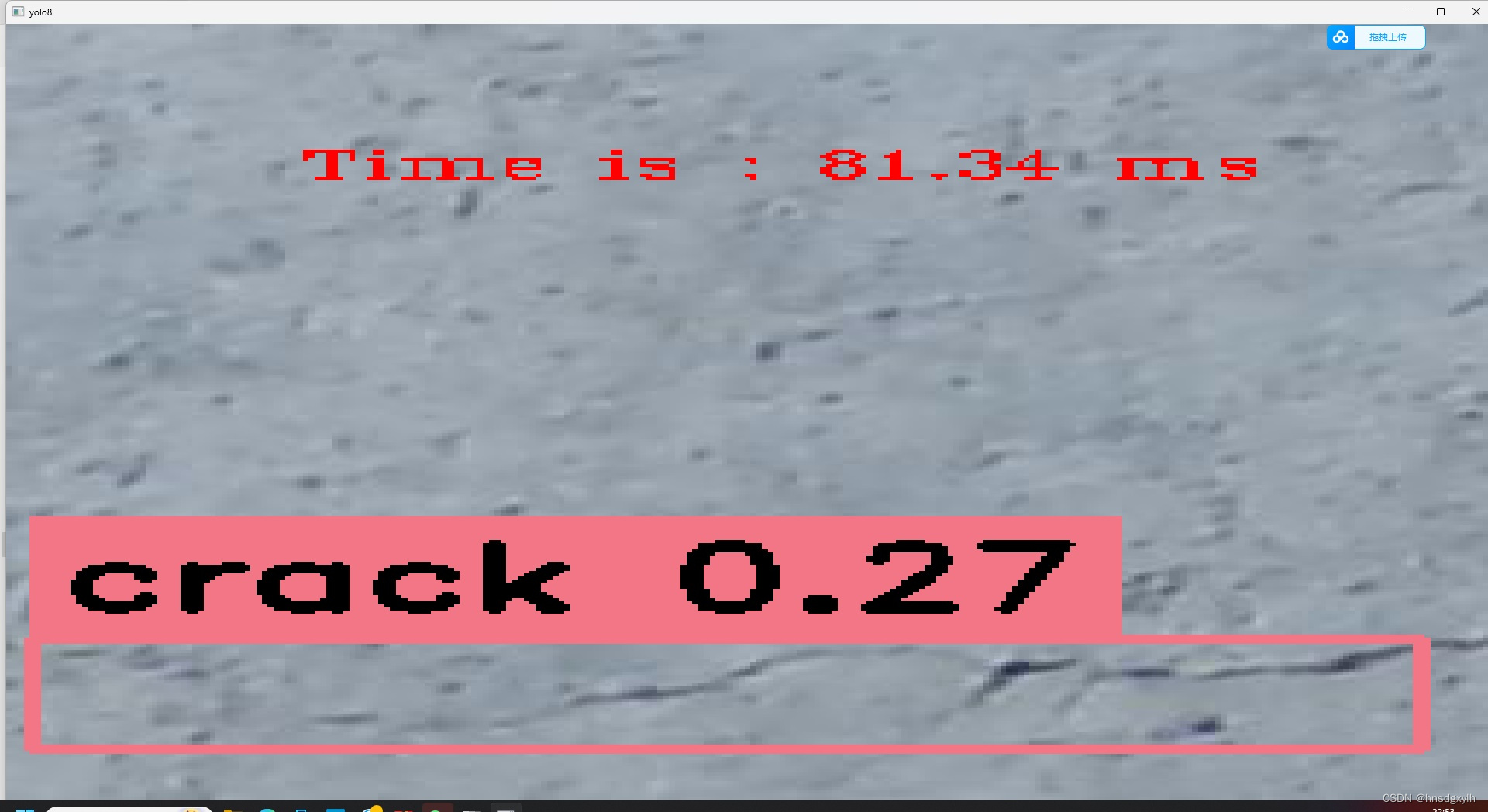
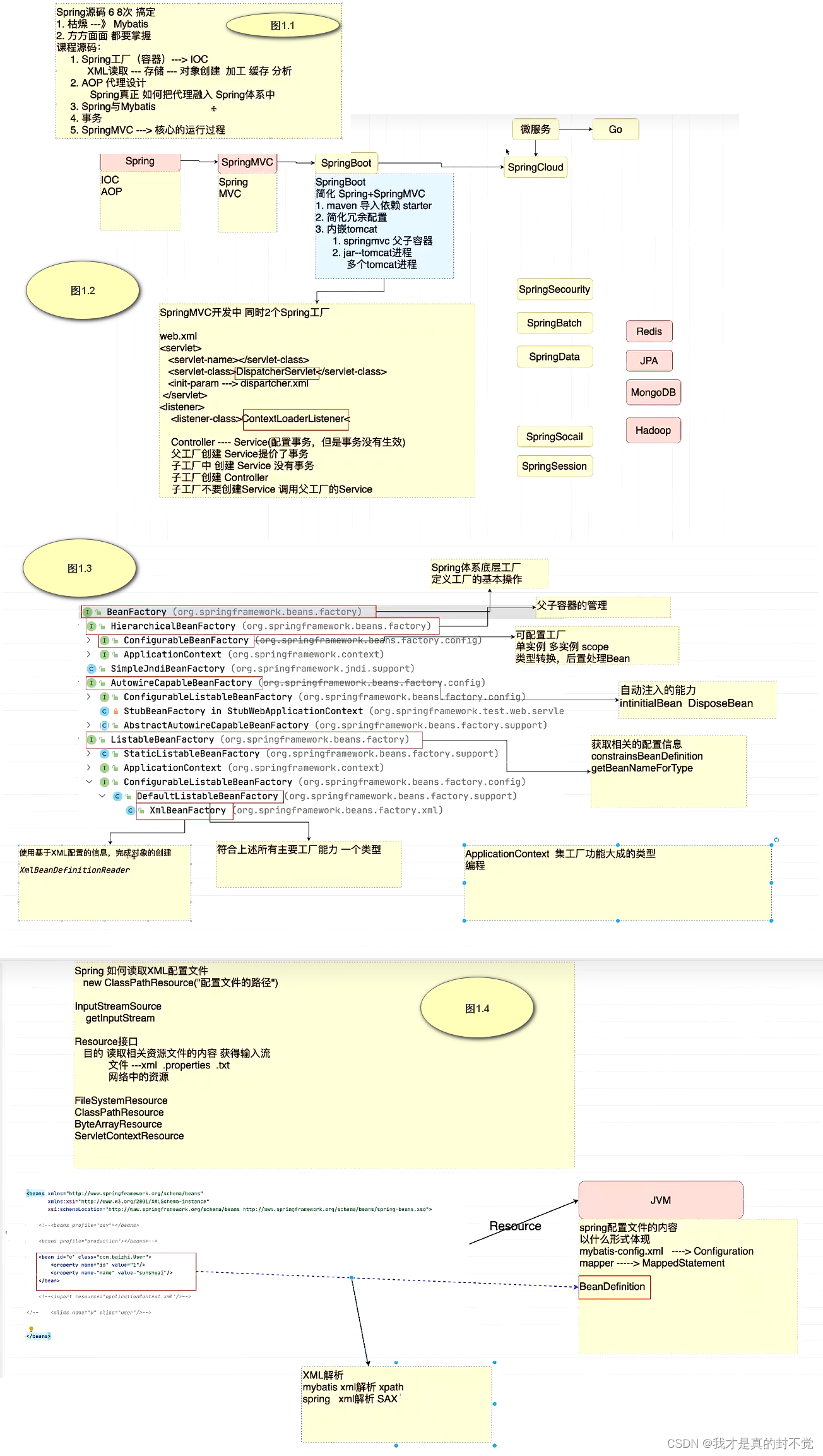

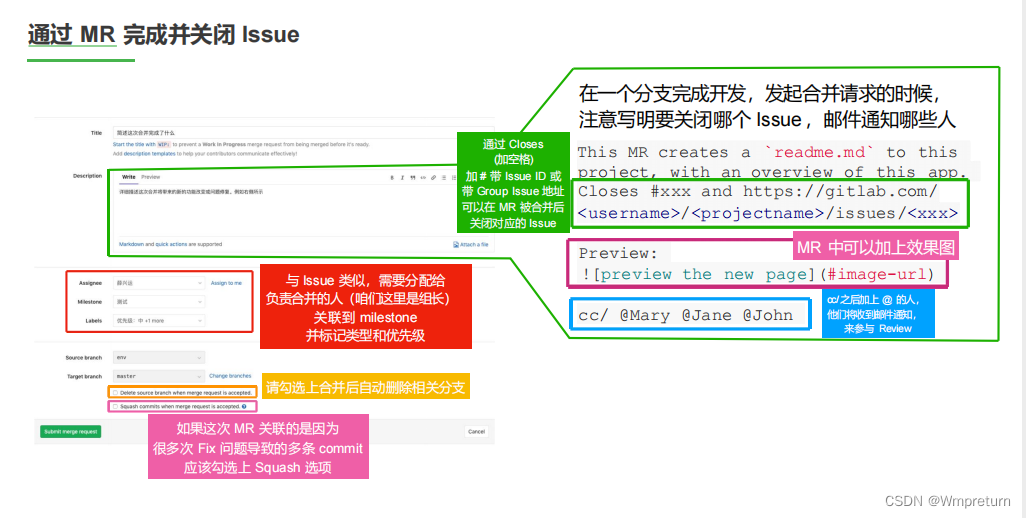
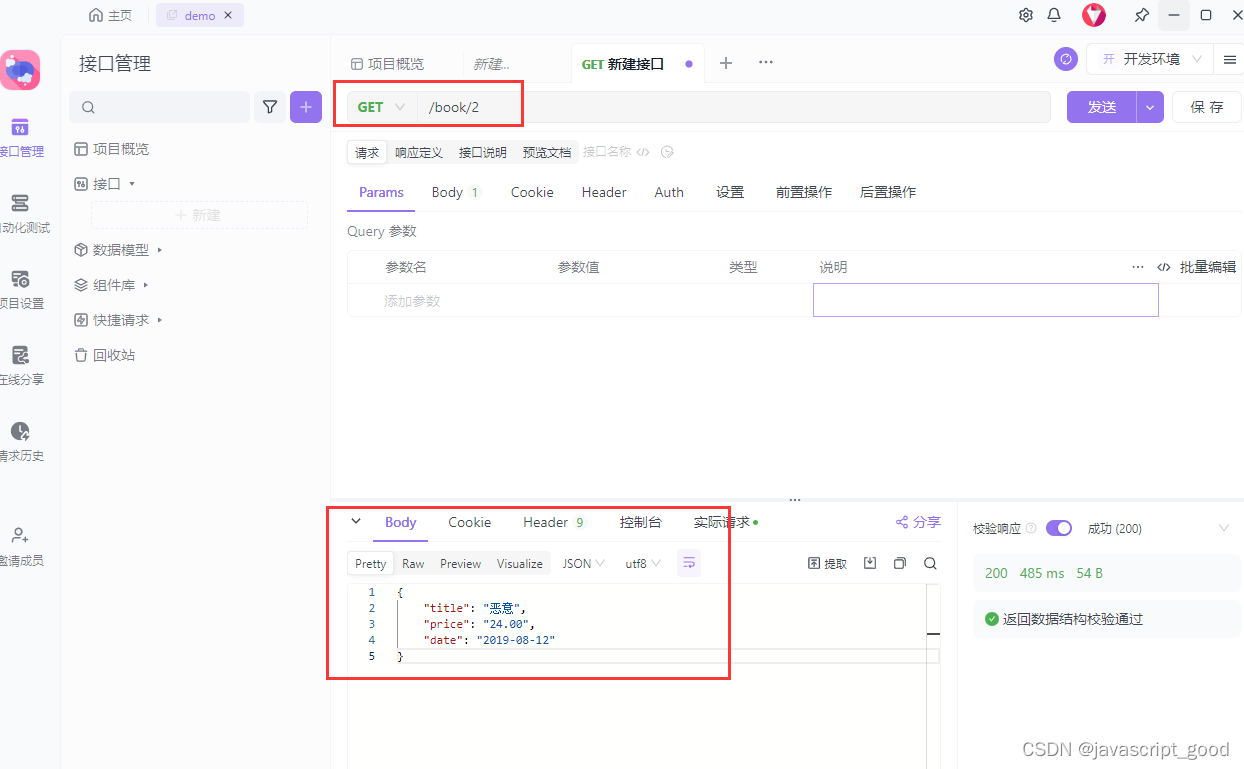

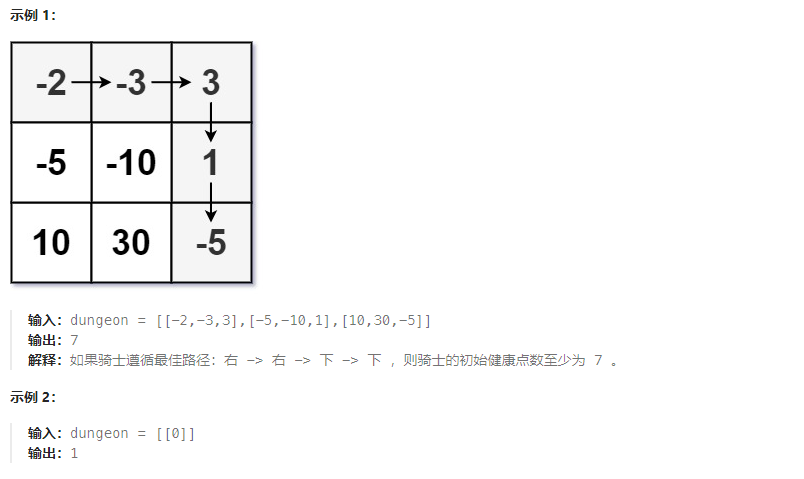
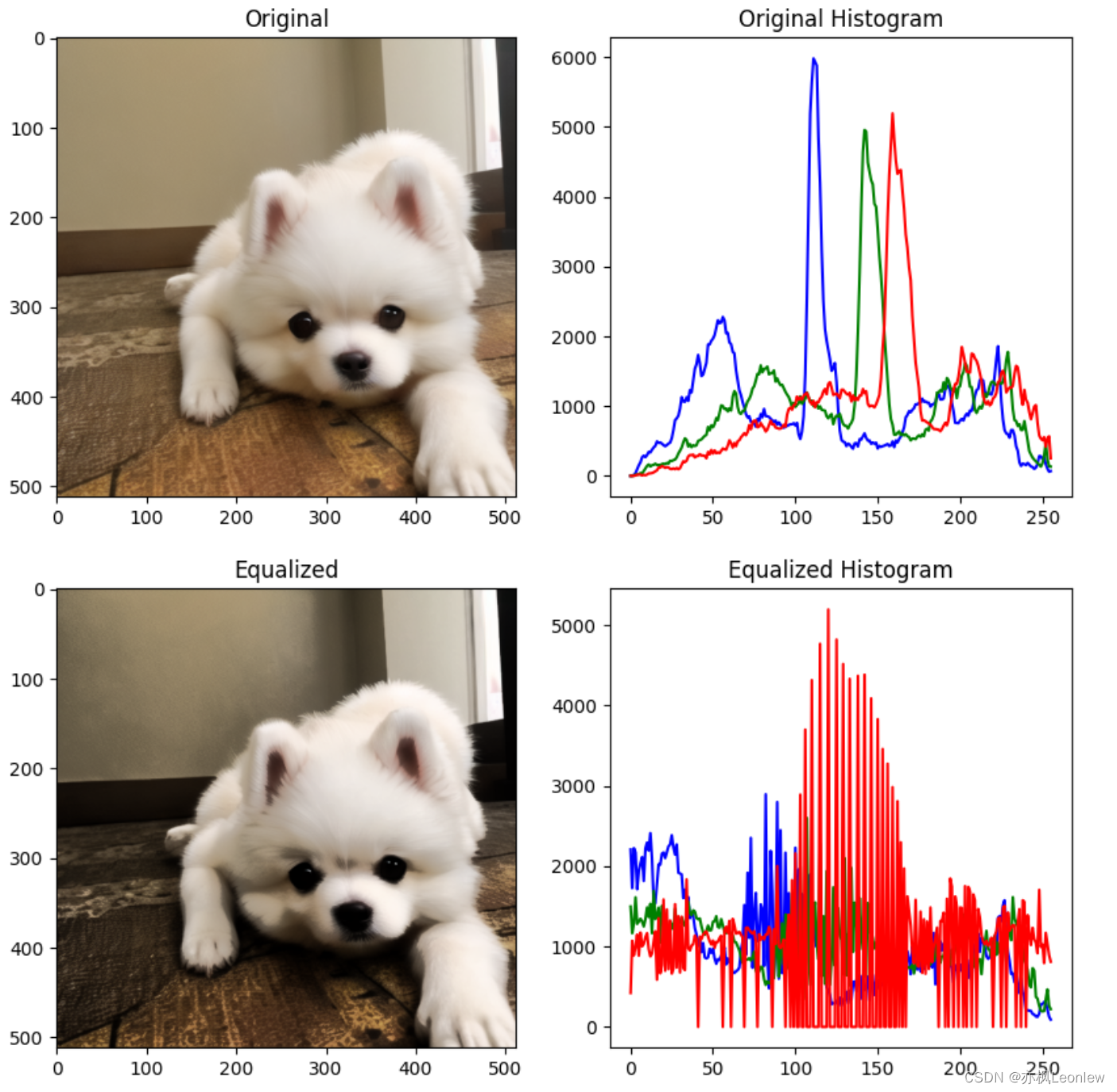
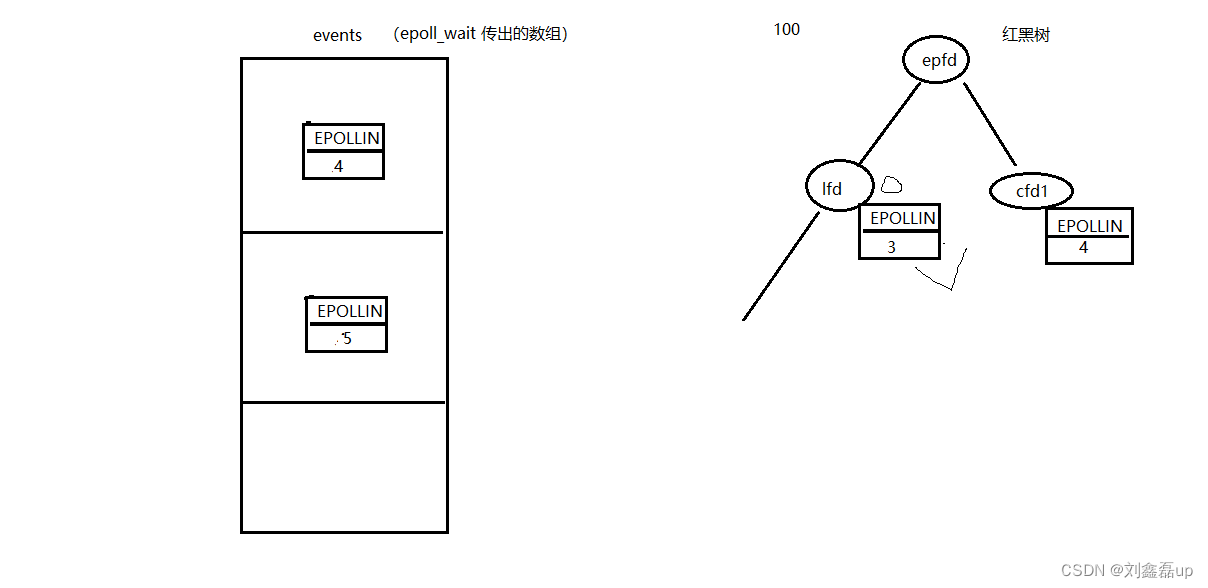
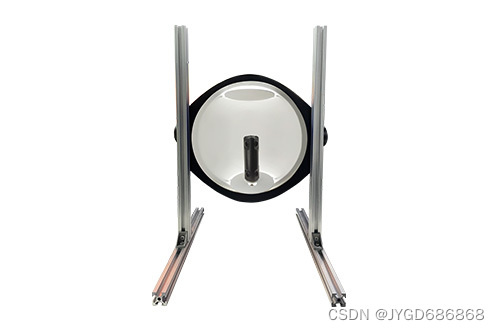


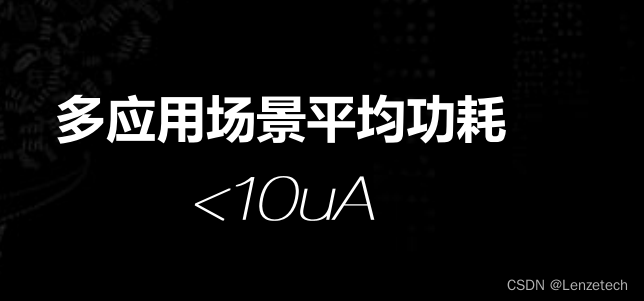
![Java IO流(五)Netty实战[TCP|Http|心跳检测|Websocket]](https://img-blog.csdnimg.cn/3785951d86a845319206115b3fecc033.png)
